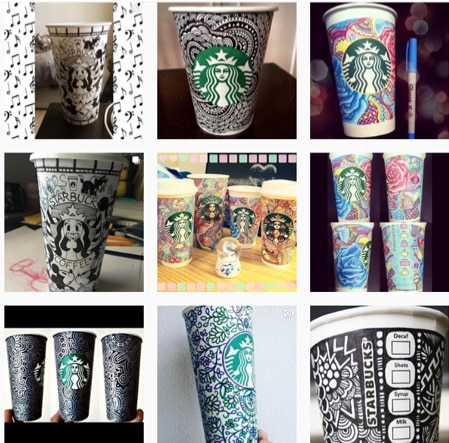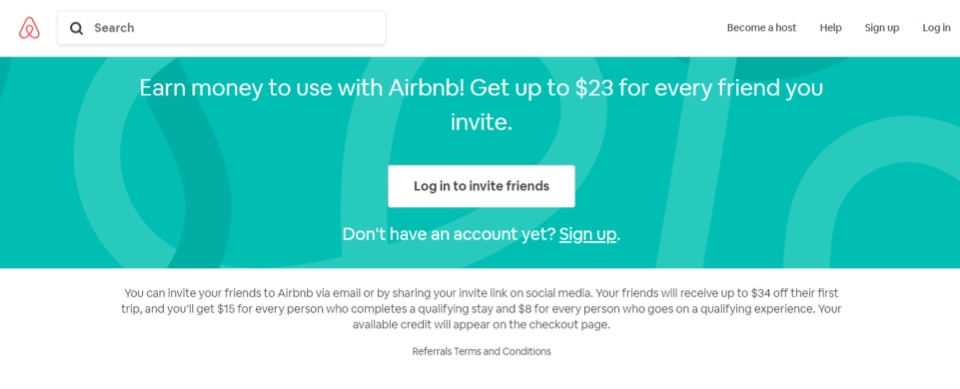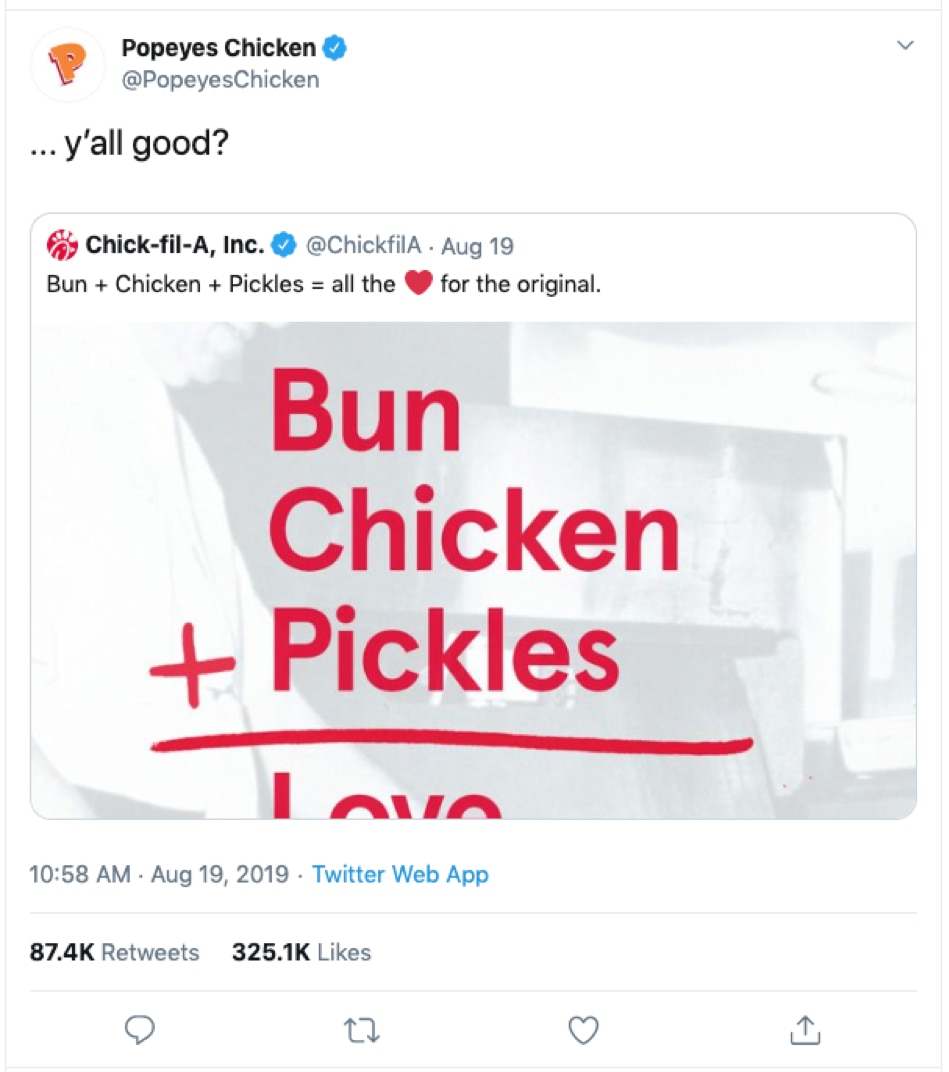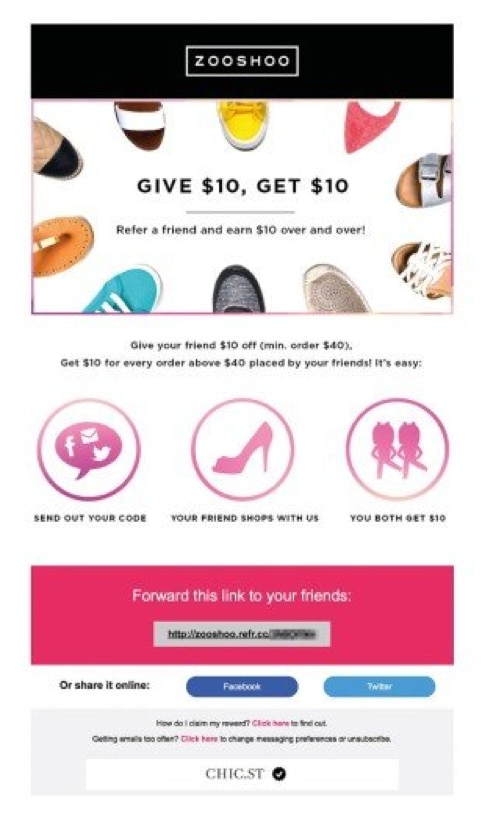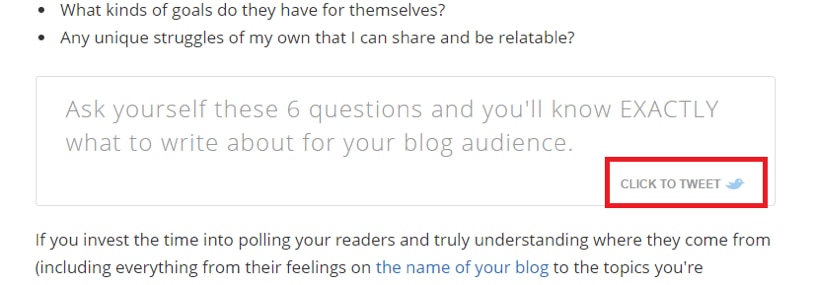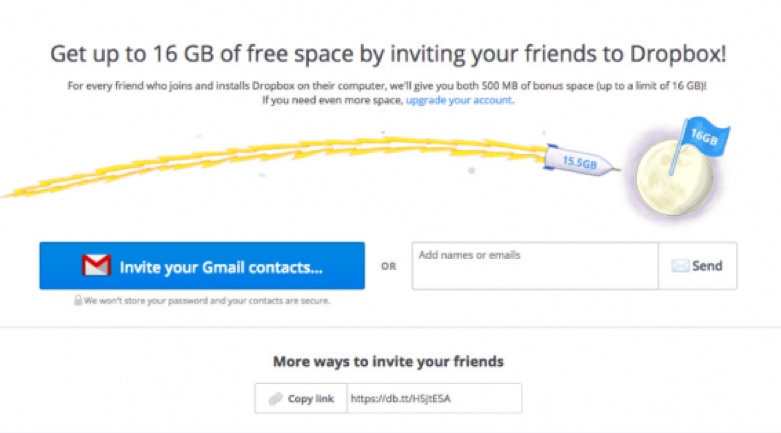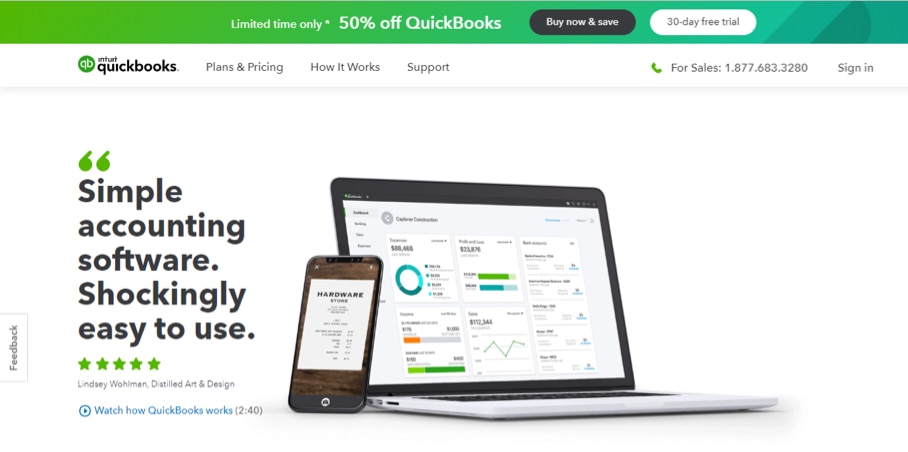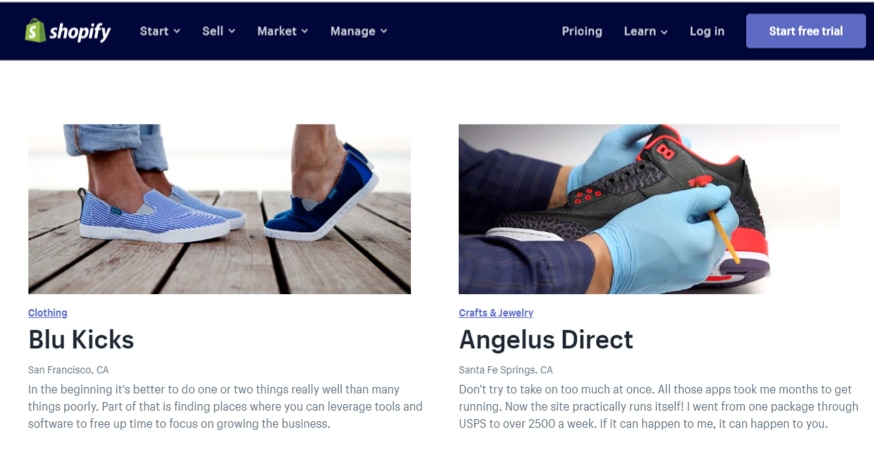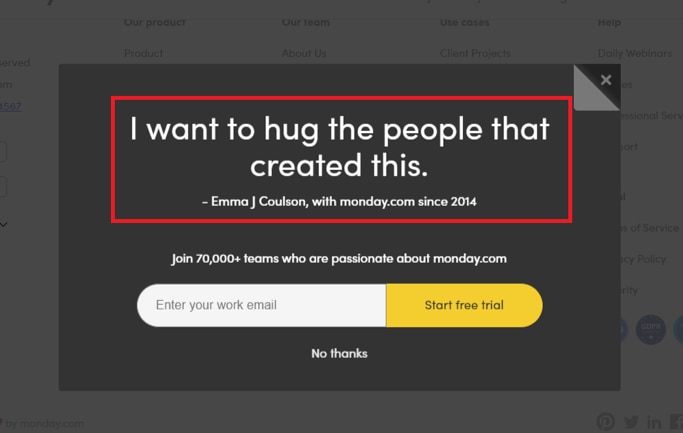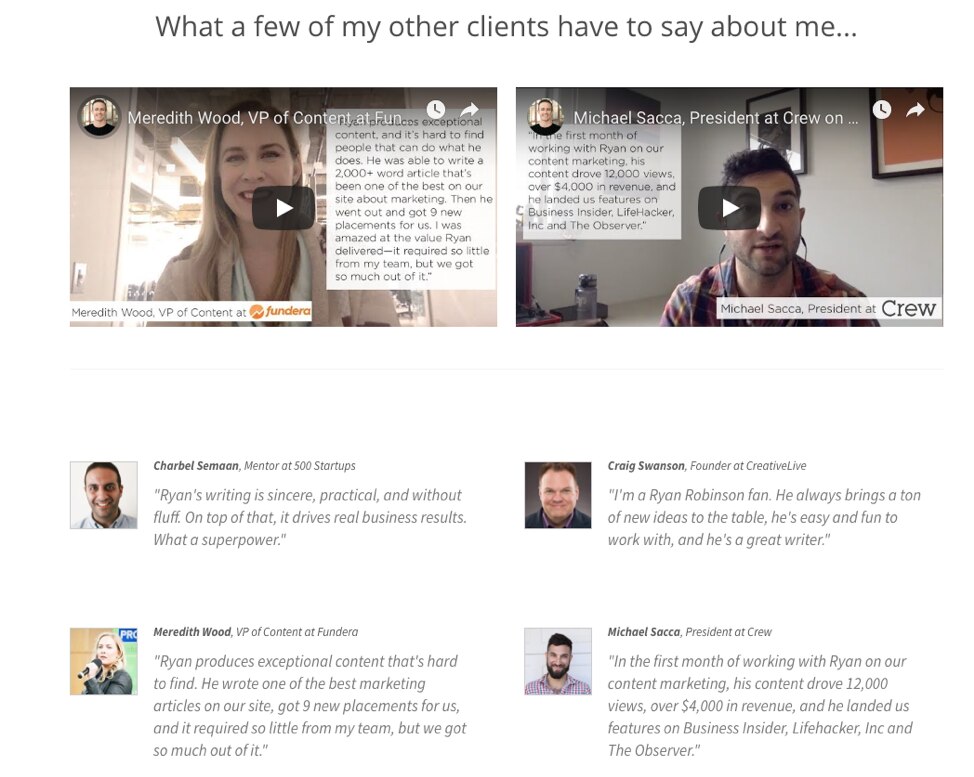When customers are compelled to share a positive experience with a company with their friends or post about it on social media, you know they were genuinely pleased. And that’s one of the most powerful marketing tools a small business owner can wield.
Ultimately, no amount of advertising, marketing technology, or promotional efforts even come close to the impact word-of-mouth referrals have on purchasing decisions, according to a 2019 Small Business Marketing Report from QuickBooks and LinkedIn. Similarly, 83% of consumers heed suggestions from friends and family more than all other forms of advertising.
What does this mean for small businesses? Never underestimate the power of word-of-mouth referrals. They are and will always be one of the most effective ways to drive new customers and grow your sales.









